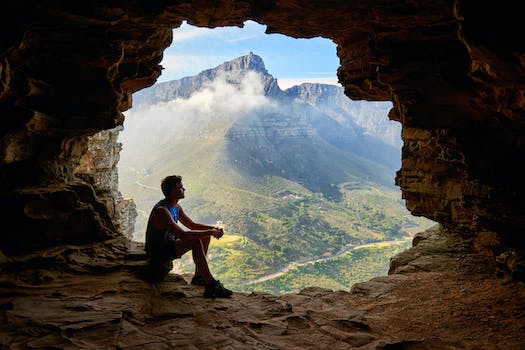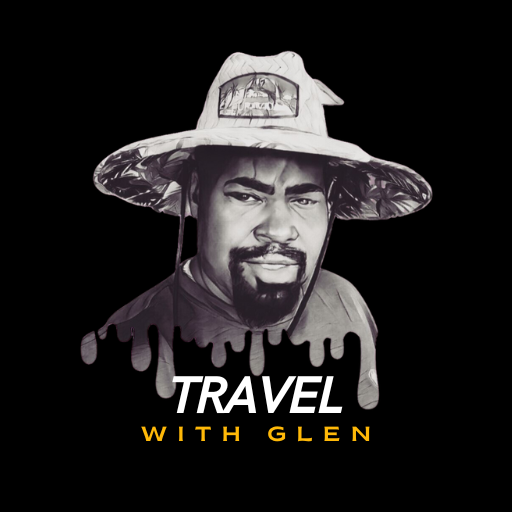Unearthing the Rich History and Traditions of Horseback Riding
Horseback riding has long been considered one of mankind’s most cherished and valued activities. The bond between man and horse has been forged over centuries, with their shared history deeply interwoven into our society and traditions. Unearthing this rich cultural tapestry gives us a glimpse into the past and an appreciation for the enduring legacy of equestrian pursuits.
The origins of horseback riding can be traced back to ancient civilizations. The nomadic tribes of Central Asia were among the first to domesticate horses around 4000 BCE. These tribes, such as the Scythians and Mongols, relied heavily on horses for transportation, warfare, and hunting. The horse’s strength, agility, and speed made it an invaluable asset, pushing humans towards innovation in riding techniques and equipment.
As time went on, horseback riding evolved into an art form. The Greeks, in particular, held equestrian sports in high regard, and the sport of chariot racing became popular during the Classical period. The Romans also recognized the prowess of the horse, incorporating cavalry units into their armies. It was during this time that the intricate relationship between man and horse began to be celebrated, marking the birth of the equestrian tradition we know today.
In medieval Europe, knights and their noble steeds became synonymous with chivalry, romance, and honor. The introduction of the stirrup revolutionized mounted combat, and the knight’s code of conduct emphasized horsemanship as a crucial skill. Jousting tournaments, with their dazzling displays of horsemanship and bravery, captivated the imaginations of both participants and spectators.
Horse racing emerged as a popular pastime during the Tudor era in England. Initially, these races were staged among nobles to showcase their horses’ speed and endurance. However, the sport soon gained popularity among commoners as well. The prestigious Royal Ascot race was inaugurated in 1711, and it remains a pinnacle of equestrian excellence to this day.
Across the pond, the American West embraced the horse as an integral part of their culture. Cowboys and ranchers relied heavily on their trusty steeds for herding cattle and traversing vast plains. Rodeos became a celebration of the cowboy lifestyle, where horsemanship, roping, and bull riding were put on display.
Alongside the evolution of horseback riding as a means of transportation and a sport, it has also played a significant role in leisure and therapy. The horse’s ability to connect with humans on an emotional and physical level has led to the development of therapeutic riding programs. Equine-assisted therapy has shown tremendous benefits for individuals with disabilities, offering physical, cognitive, and emotional support.
Today, horseback riding is enjoyed by people from all walks of life. Equestrian sports like dressage, show jumping, and eventing require an immense level of skill and training, exemplifying the extraordinary partnership between horse and rider. Horseback riding also offers an escape from the demands of modern life, allowing enthusiasts to reconnect with nature and experience a sense of freedom and adventure.
Unearthing the rich history and traditions of horseback riding reveals a timeless connection between humans and horses. From ancient warriors to noble knights, from ranchers to modern sports enthusiasts, the enduring legacy of equestrian pursuits continues to shape our society. Whether it is for competition, therapy, or recreation, horseback riding remains a cherished tradition that celebrates the profound bond between man and horse.
![]()








